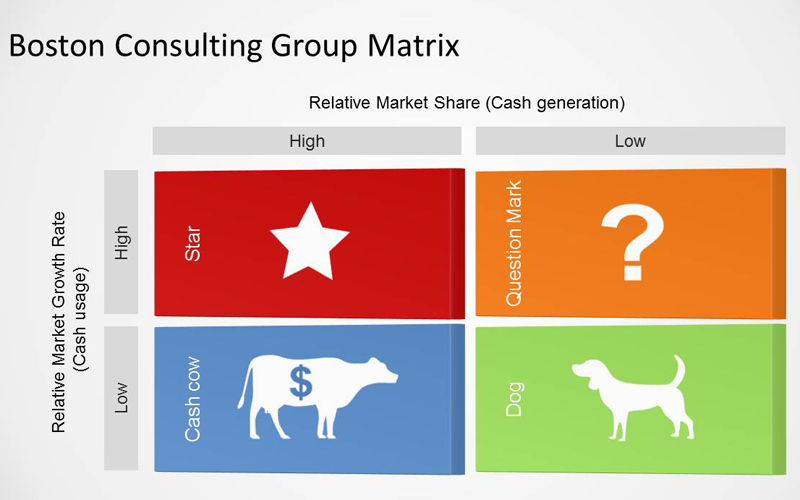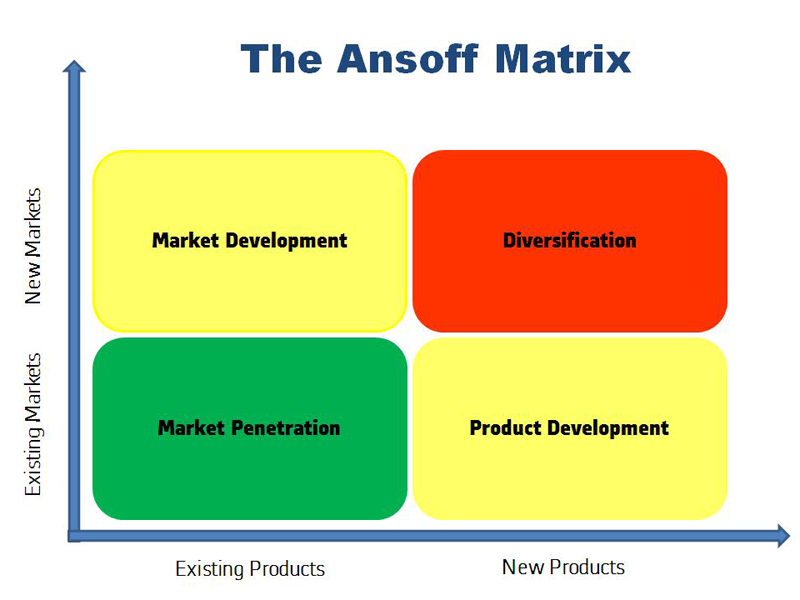
Pricing is one of the most important aspects of your offer to get right. Andrew Gerrard, managing director of InTouch Marketing, looks at what you need to take into account before putting a price tag on your product or service
How much is something worth? What is a fair price for a product or service?
Pricing is a highly complex area: get it right and sales and profit flow; get it wrong one way and sales flow, but profit is poor and cash flow suffers; the other way and sales are poor, but profit per transaction is good.
So how do you get it right, and what are the methods that can be deployed to help increase the likelihood of success?
Pricing basics
It's important to begin at the beginning. The age-old saying, "poor planning leads to poor performance" is really true in setting a pricing strategy. Once you have declared your hand it is very difficult to adjust price. Price sends a lot of messages and is used by consumers and buyers to assist them in positioning a brand in their minds.
Just think about a new perfume. You are standing at the perfume counter and have decided to buy a gift for a loved one. If like me, as a man, you don't really keep up to date with perfume brands, price helps you determine whether the perfumes you are considering are high quality brands or everyday slap-on water.
Yes, packaging and merchandising help, but price is very important.
I have an ex-client who launched a brand into the canned dog food market. He didn't have the money to establish brand positioning via traditional advertising and communication techniques. He wanted consumers, when they were considering the brand, to view it in the same consideration pool as the brand leader. So he priced it at a 1p premium over the brand leader - and 39p completed with 38p. His brand quickly became established as a leading brand and, in fact, went on to take the number one position in the canned dog food market.
But he planned his pricing carefully, spent time understanding the consumer, studying the competition and realising that a significant proportion of consumers see pets as surrogate children and want to give them the best. Pricing at a premium gave them a clue that a particular brand was the best.
Setting your pricing strategy: key questions
When considering price planning, it's important to think more broadly than price. Let's consider the questions which are important to consider before you decide on the right pricing strategy:
- Are you creating a new sector?
- Who are your target audience?
- Which products do they currently use or might they compare your offering with?
- What advantages/benefits do you offer over your rivals?
- Do consumers value those advantages and see them as worth changing for?
- Where will they be able to purchase the product or service?
- Who are your competitors?
- What price do they charge?
- What differences do you offer in comparison with the competition?
- Is the market growing or is it a well-established static market?
- Is purchase likely to be repeat or a one off?
- Are there consumables attached to the product?
- What risk are consumers taking in choosing your product or service? (Should they be offered guarantees or reassurances?)
By answering these questions, it is possible to get a better understanding of where a product or service fits into the market. These questions should be viewed as part of a broader strategic review of the brand, product range or business.
Setting your pricing strategy: which approach?
Two models of market structure are useful tools to consider when developing strategy and considering pricing strategy as part of the review.
Boston Matrix

The Boston Matrix (or Growth-Share Matrix) was created by the Boston Consulting Group in 1970. It considers a product portfolio against its market share and the rate of market growth. By plotting products on the matrix it allows a business to assess where its products and services fall. Thus, strategies can be developed to either increase share, maintain share, maximise returns or stimulate a market segment.
The actions we take will depend on whether the market is growing or not and what share we have. So if we have a strong share of a slow-growing market, this would suggest that the pricing strategy should be set to maximise profits - in other words, premium pricing to take advantage of the position may be worthwhile.
Alternatively, a low share in a fast-growing market suggests the need is to generate share and thus penetrate the market. Setting your price lower than competitors may encourage customers to trial your product and switch. Once share is established, price can be adjusted upwards to maximise profits.
Ansoff Grid

The second model, which is really a business development model, is the Ansoff Grid or Ansoff Matrix. Mathematician and business manager Igor Ansoff devised this as a way of looking at a company's opportunity from both a market perspective and from a product or service perspective.
As the grid shows, developing a strategy for each of the four quadrants is a very different task and would require a different pricing strategy each time.
A summary of pricing strategies
All businesses can draw from a number of alternative pricing strategies:
- penetration - setting a low price to increase sales and market share;
- milking - setting an initial high price and then slowly lowering the price to make the product available to a wider market, thus milking profits from the market layer by layer;
- premium - setting price high to reflect the quality or exclusivity of the product;
- competition - setting a price in comparison with competitors;
- product line - pricing different products within the same product range at different price points;
- bundle - offering a group of products together at a reduced price;
- psychological - considering the psychology of price and the positioning of price within the market place: for example, charging 99p instead of £1 or £199 instead of £200;
- optional - offering optional extras along with the product to maximise revenue (used commonly within the car industry).
Between them, the Boston and Ansoff matrices and the eight alternative pricing strategies provide a framework for considering price. But the key is to understand who you are targeting, with what and why. Only then can you begin to develop an effective pricing strategy.
Written by Andrew Gerrard.


